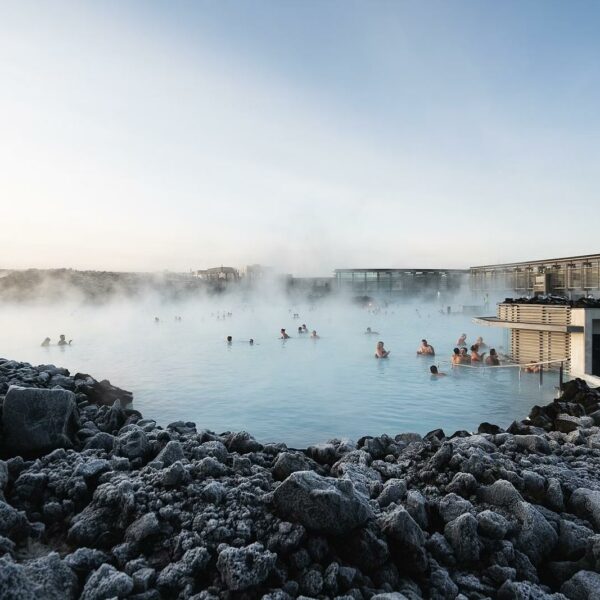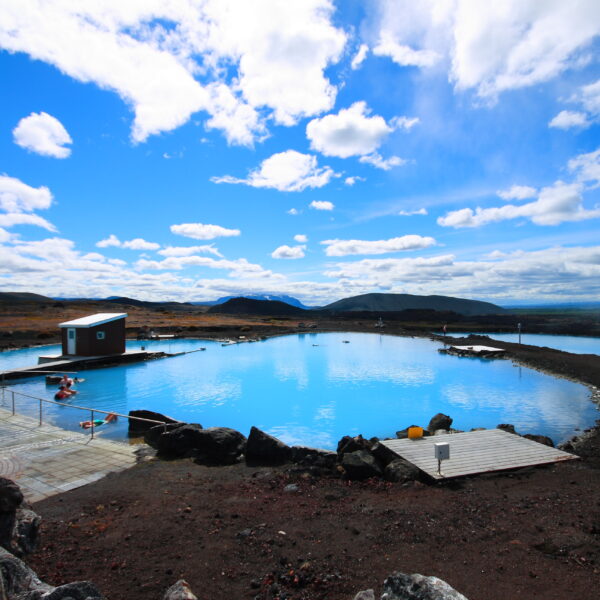Flavors of Iceland: Delights of Iceland Food
Welcome to the world of Icelandic food, where you are going to discover lots of tasty things. Iceland food culture is becoming more interesting to tourists, and it’s easy to see why. Iceland’s food scene is one of a kind, attracting both locals and tourists with its unique meals and focus on using local ingredients.
Traditional Iceland Food
Let’s dive into the heart of Icelandic food and explore the traditional dishes that have shaped the country’s culinary heritage.
Hákarl (Fermented Shark)-A Bold Icelandic Tradition
One of Iceland’s most well-known treats is hákarl. This pickled shark dish may be hard to eat because it smells like strong ammonia, but it is a very important part of Icelandic culture.
To prepare shark meat, it is buried underground for a few months and then hung up to dry for a few more. Then, it is cut into small pieces and served as a classic snack, often with a shot of Brennivn, the local spirit. Hákarl is a great example of how Icelanders used to store food for the long winters, and bold food lovers should try it.
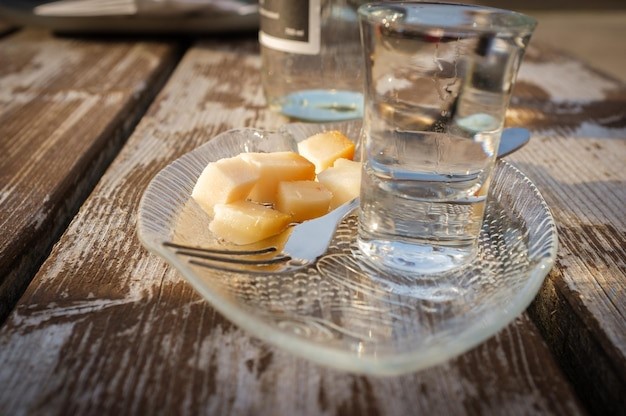
Pylsur (Hot Dogs): A National Obsession
Icelanders have a soft spot in their hearts for pylsur, which are Icelandic hot dogs. The tasty lamb sausage on these hot dogs is made from a mix of lamb, beef, and pork. The additions, like ketchup, mustard, remoulade (a mayonnaise-based sauce with pickles and capers), fried onions, and raw onions, are what really make them stand out.
People often eat pylsur at places called “pulsarur” that serve hot dogs. Both locals and visitors meet there to try this popular national dish.

Hangikjöt (Smoked Lamb): A Taste of Tradition
Hangikjot is an Icelandic dish that has been around for a long time and shows how good the country is at keeping and cooking meat. Lamb is a common food in Iceland, and it’s usually smoked over birch wood to give it a unique smokey taste.
The result is meat that is soft and full of flavor. You can find it in thin pieces with boiled potatoes, béchamel sauce, and green peas. Hangikjot is usually eaten around Christmas, but you can find it all year long and enjoy a tasty taste of Icelandic tradition.
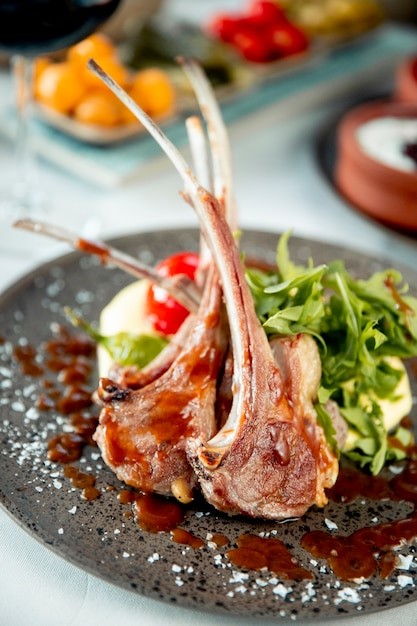
Kleiner (Traditional Pastries): Sweet Delights from the Past No
You cannot fully learn about Icelandic food without trying Kleiner, a traditional dessert that has been around for a long time. These twisted doughnuts are often sweetened with hints of cardamom and are lightly fried.
They are deliciously crunchy on the outside and soft and fluffy on the inside. You can eat Kleinur at any time of day, whether for breakfast or as a snack with a cup of coffee in the afternoon. They are a true Icelandic favorite because they are easy to make and taste good.
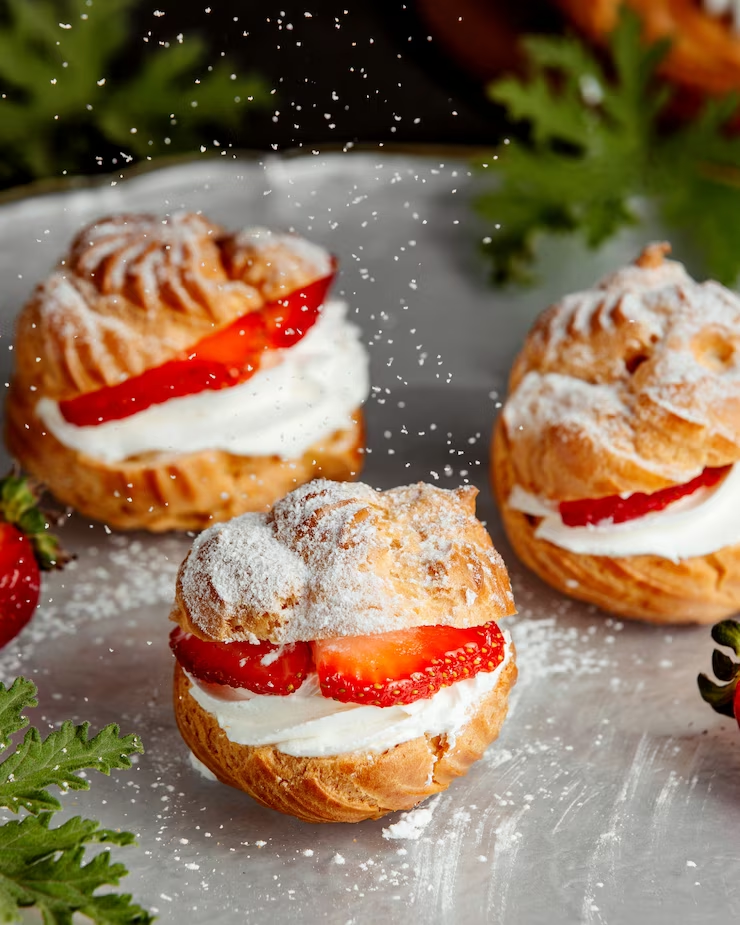
Local Ingredients and Farm-to-Table Culture
Iceland food is strongly affected by its clean natural environment. Iceland has a lot of high-quality food that is grown or raised there. The clear seas are full of fresh fish, and sheep graze on the green fields.
The way people work in Iceland is a big part of their society. This makes sure that the ingredients are gathered in a fair way and are the best they can be. This “farm-to-table” mindset makes it easy for Icelandic cooks and local farmers to get along, which leads to foods that taste like the land.
Culinary Adventure With Icelandic Street Food
Icelandic street food is a must-try if you want to taste the unique flavors and traditional food of Iceland. From hearty seafood meals to warm and cozy treats, the streets of Iceland offer a wide range of delicious foods that are sure to please any food lover. Let’s take a closer look at some of the delicious Icelandic street food you can find and try while you are there.

Icelandic Fish and Chips (Fiskur og franskar)
Another must-try street food is Icelandic fish and chips. Icelandic fish like cod or haddock are used to make these crispy fried fish pieces. They are served with golden French fries that are cooked just right. Most of the time, the fish comes from nearby, which makes sure it is of the best quality and has a lot of taste. Add a pinch of sea salt and a squeeze of lemon to finish it off for a great taste.
Lamb Soup (Kjotspa)
For a filling and warming street food, look for a bowl of “kjotspa,” which is Icelandic for “lamb soup.” This hearty Icelandic soup is made with tender Icelandic lamb, root veggies, herbs, and barley. It is a classic dish that is great for colder days. The tender lamb, delicious broth, and warming vegetables make for a real taste of Icelandic food. It is both filling and authentic.
Flatbread (Flatbrau)
Flatbread, or “flatbrau,” is a mainstay of Icelandic food and a great snack to buy on the street. The bread is thin, crispy, and full of taste. It is made with both rye and wheat flour.
You can either eat it straight or with a range of toppings, such as Icelandic butter, smoked salmon, or cured lamb. The cured lamb is called “hangikjot.”
Flatbread is a popular choice for a quick and tasty street food snack. It is easy to make and can be used in many ways.
Skyr-Iceland Food
Skyr is a traditional Icelandic dairy product that is tasty and good for you. You can eat it on the go. Skyr is a cultured dairy product that is thick and smooth, like yogurt. It is high in protein and low in fat.
You can find it in different tastes. It is eaten on its own or with honey or fresh berries. Skyr is a popular Icelandic street food that can be a quick breakfast or a cool snack. It shows how much Icelanders love dairy products.
Icelandic street food is a great way to learn about this beautiful Nordic island’s rich culinary history. Whether you are walking around the busy streets of Reykjavik or going somewhere else, be sure to try these delicious street foods to get a real taste of Iceland.
Unique Culinary Experiences
Go on a food adventure in Iceland that is unlike any other. Join a food walk that takes you to busy local markets where you can try traditional Icelandic foods and talk to excited sellers.
Immerse yourself in Reykjavik’s annual Food and Fun Festival, where famous cooks show off their skills and create unique eating experiences based on different Iceland weather. With these one-of-a-kind opportunities, you can learn about Iceland’s long history of food and make delicious memories.
Fusion of Traditional and Modern Iceland Food
Iceland food scene is both rooted in history and open to new ideas and trying new things. Iceland’s skilled chefs are at the head of combining old recipes with new cooking methods. They make fusion food that surprises and thrills.
These creative chefs get their ideas from local products and give them a modern twist to make familiar tastes even better. When you eat dishes that show how Icelandic food has changed over time, you might be surprised.
Dietary Considerations and Specialties
Iceland has food options for everyone, no matter what they like or what they can’t eat. More and more restaurants and bars are serving plant-based meals. They highlight local food for vegetarians and vegans who are traveling.
Icelandic food ranges from hearty vegetable stews to unique meals made with plants. This makes sure everyone can eat the food of the country. Don’t miss out on the chance to try meals made for people with special diets, like gluten-free bread or sweets without cheese.
Conclusion
Make sure you have time to try Icelandic food when you plan your trip to Iceland. You will remember your time in this amazing country with love because of the tastes and experiences you had there.
Icelandic food has a lot to offer. From classic meals with deep roots in Icelandic society to new dishes that show how the food scene is changing. Iceland is full of fun things to do, tasty things to eat, and tastes that you will remember for a long time. Bon appétit!










